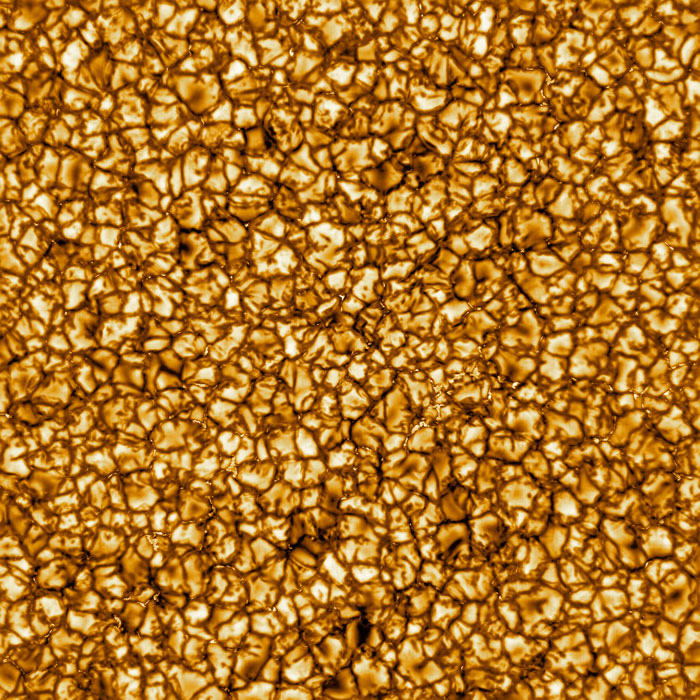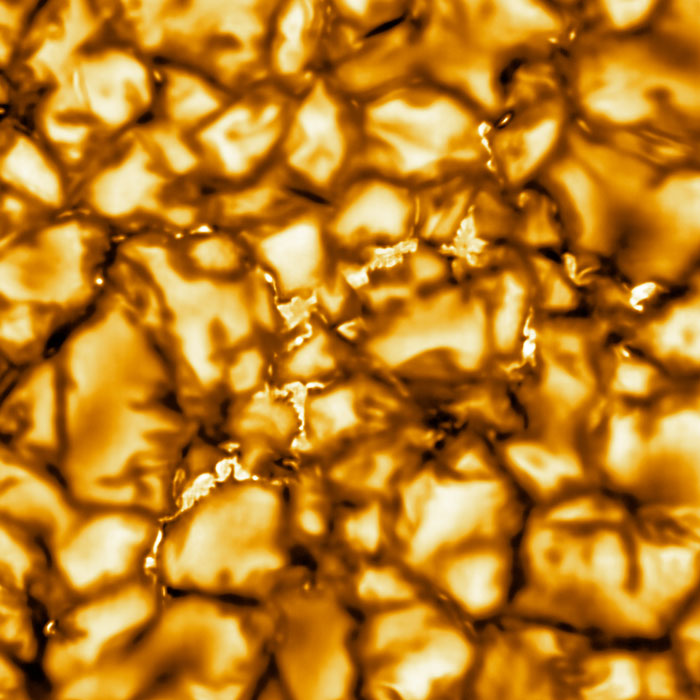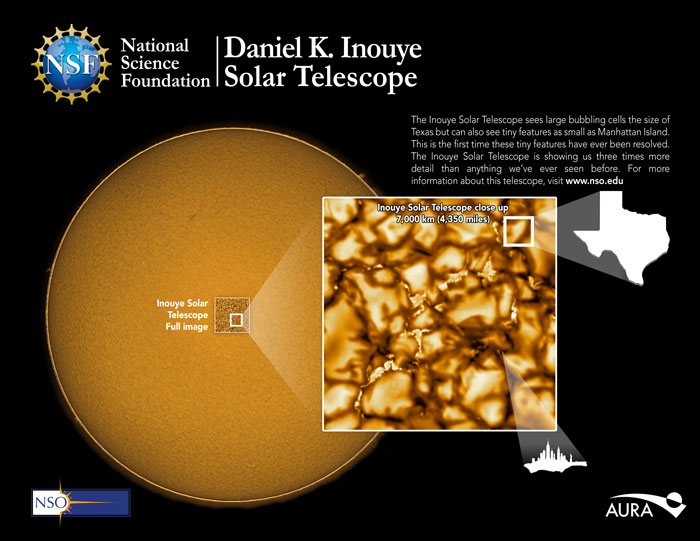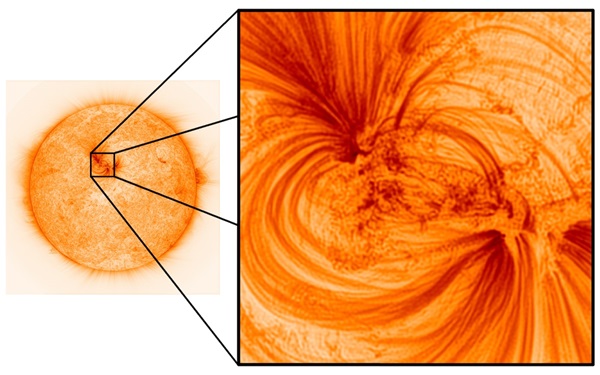Here Are The Highest Resolution Images Ever Taken Of The Sun
The Sun is awesome. It has given us so many beautiful and amazing things that it simply can’t be called anything other than that.
Just consider it: it warms all of Earth’s living things, contributes significantly to the creation of oxygen, creates breathtaking eclipses, and, on top of all that, serves as a source of vitamin D and lifts our spirits (because serotonin).
Prepare yourselves for the Sun just became more colder (awesomeness-wise, not temperature). In addition to giving it a spooky appearance for Halloween, science has just published a few pictures and movies of the Sun that are said to be the highest resolution ever captured in human history. Additionally, it resembles caramel popcorn.
This is what the sun looks like after a closeup using the Inouye Solar Telescope

A number of images and movies taken by the Daniel K. Inouye Solar Telescope of the National Science Foundation have just been released by the National Solar Observatory (NSO). The fact that it offers the highest quality images currently accessible and gives our most cherished star overhead unparalleled detail is currently generating news.
On Haleakala, Maui, in Hawaii, there is a 4-meter solar telescope called the Inouye Solar Telescope. The only objective of this telescope, which is now the biggest on Earth, is to study the Sun. The aforementioned images represent the telescope’s entry into the field of astronomy and are said to usher in a new era of solar research, considerably advancing knowledge of the enormous fireball in the sky and its effects on our planet.
The newly-released imagery is currently the highest resolution footage available

The size of Texas can roughly be compared to a single plasma bubble on the surface of the Sun.

People appear to initially believe that it is a top-down image of caramel popcorn. Who can blame them, though? It appears to be the case, no doubt. It’s actually turbulent plasma “boiling,” as the NSO clarified, on the surface of the sun. These vigorous movements push heat from the star’s interior outside. The surface’s cellular structure is a result of this process.
The Sun is around 109 times bigger than the diameter of the Earth, measuring in at about 864,400 miles (or 1,391,000 kilometers) wide. In this sense, the size of the State of Texas may be roughly equated to one average-sized “popcorn shell” in the image.
The NSO also made available video of the plasma on the Sun’s surface “bubbling.”
Take a look at all 3 clips made available to the public by the NSO
Images with hitherto unseen detail may be produced with the Inouye Solar Telescope. It may offer a close-up as tiny as 30 kilometers and cover an area of the Sun as large as 38,000 kilometers. This is considered to be a fantastic scientific achievement given that the Sun is located around 92,957,130 miles (or 149,599,999 kilometers) from us.
These pictures are just the beginning, according to David Boboltz, program director for the NSF Division Of Astronomical Sciences. The telescope’s developers will put it through testing over the following six months to make sure that the global community of solar scientists can utilize it. He emphasized that more data on the sun is anticipated to be gathered by the telescope in its first five years than has been since Galileo first pointed his telescope at it in 1612.
Do not forget to share your opinion with us to provide you with the best posts !




0 Comments